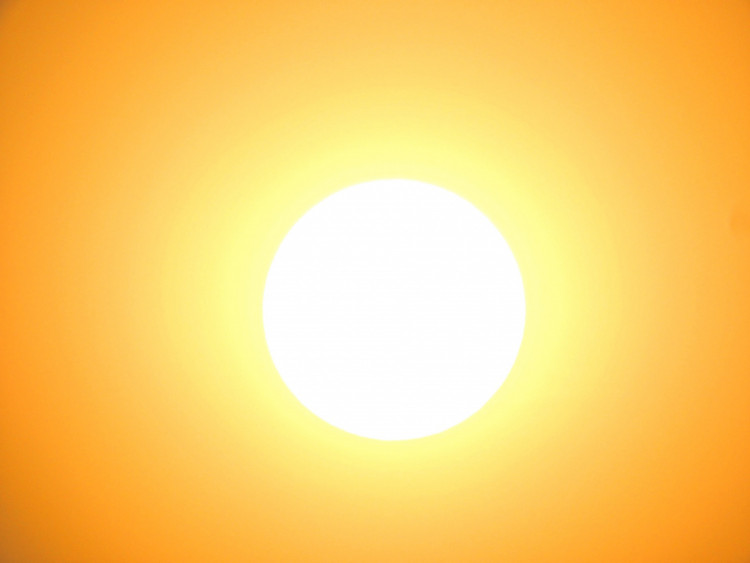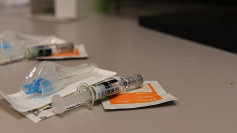One of the first studies to directly test humid heat stress in young people discovered that the upper limit of human adaptability is just 31°C (87°F) when humidity is at its absolute maximum.
That's four degrees lower than theoretical estimates, and the threshold for older folks is likely even lower.
It's vital to understand 'wet-bulb temperature,' which includes both heat and humidity - the more humidity in the air relative to heat, the harder it is for evaporation to function.
In comparison to hot and dry climates, the human body does not fare as well in hot and humid climates. This is due to the fact that at 100%humidity, our perspiration cannot evaporate as easily to cool our bodies.
In a totally dry environment, the human survival temperature is most likely around 50 °C. However, in a totally humid environment, the latest findings show that temperatures only need to reach 31 °C before our bodies succumb to heatstroke.
Death is unavoidable after extended exposure to such conditions.
"If we know what those upper temperature and humidity limits are, we can better prepare people - especially those who are more vulnerable - ahead of a heatwave," physiologist Larry Kenney from Pennsylvania State University said.
The researchers began with a young and fit group of people in order to establish a "best case" baseline. Heat and humidity are often not tolerated well by the elderly, pregnant women, and other vulnerable populations.
Participants swallowed a tiny recording device to measure their core body temperatures and communicate that information to the researchers via radio before entering a chamber with adjustable temperature and humidity levels.
Then, as the temperature and humidity of the room steadily increased, participants were asked to slowly pedal on a stationary exercise bike.
The experiment was ended when the participant's body could no longer maintain a core temperature.
In these conditions, critical wet-bulb temperatures varied from 30°C to 31°C on average, though they could be somewhat higher if the person is completely still and not moving a muscle.
Researchers hope to replicate this research with older participants, but the fact that this threshold is so low in comparison to earlier estimates, even for young and fit adults, is concerning.
As climate change causes excessive global warming and water evaporation, increasing the heat and moisture in our atmosphere, the risk of surpassing wet-bulb temperature thresholds grows. Particularly in the tropics.
Climate scientists believe that by the end of the century, Pakistan, India, and parts of Southeast Asia, the Persian Gulf, and Central America will see significantly more frequent maximum humidity levels at temperatures above 35 °C.
"Our results suggest that in humid parts of the world, we should start to get concerned - even about young, healthy people - when it's above 31 degrees wet-bulb temperature," Kenney said.
The study was published in the Journal of Applied Physiology.






